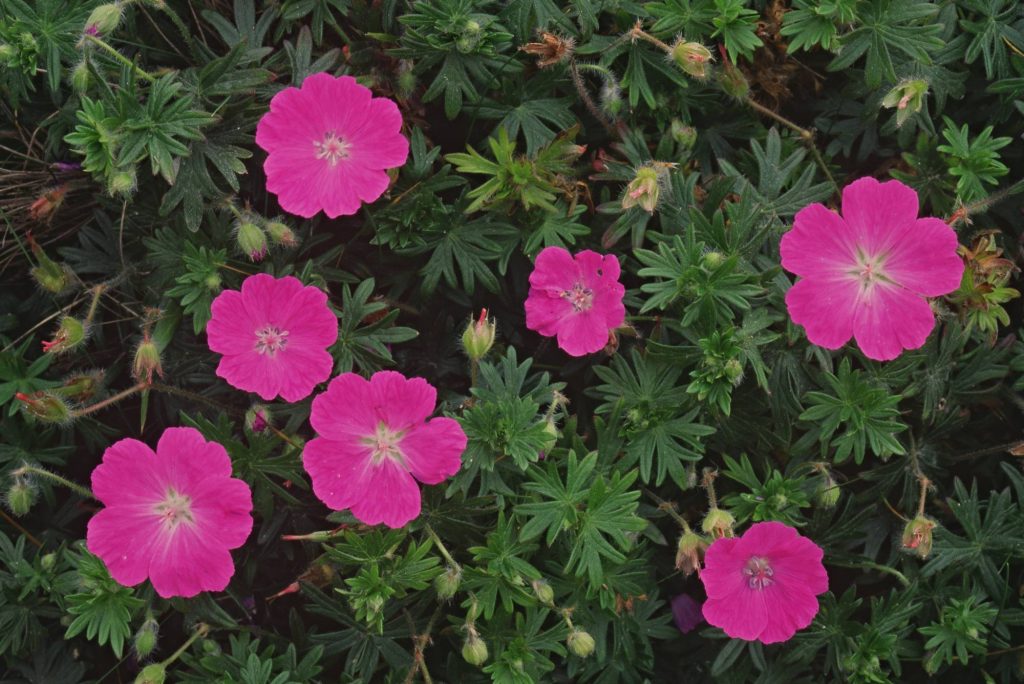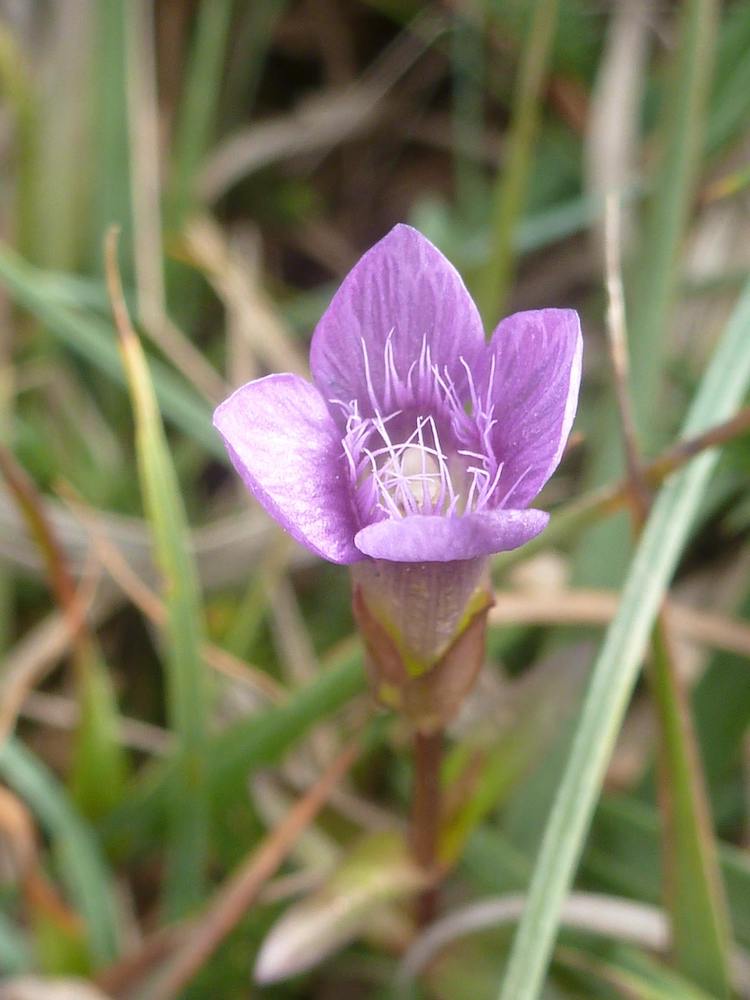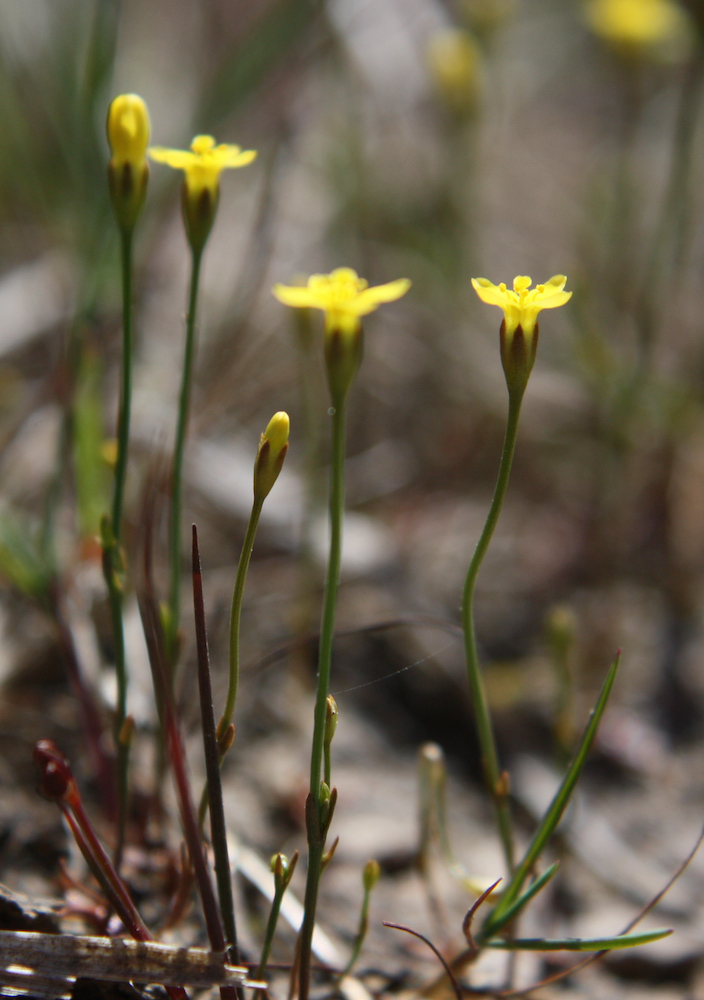The Lizard is one of the most botanically biodiverse regions in the UK. Why? Well, to a large part because The Lizard has a unique geology. Large areas comprise a serpentine base rock – which is metamorphic and basic (alkaline) – overlain by neutral to acid heathland, while elsewhere igneous rocks lie beneath more fertile pasture. What has this to do with the plants that grow there? Like animals, many plants have special and differing habitat requirements – acid or alkaline soil, exposed or sheltered positions, shaded or open, to name but a few. The Lizard’s habitats are influenced by the underlying geology, so you will find, for example, plants you’d usually expect to find in alkaline soils growing in neutral/acidic heathland because of the serpentine beneath. Bloody Crane’s-bill is one example.

The large numbers of temporary ponds, for which The Lizard is internationally recognised – brimming in autumn and winter before drying out in spring – also provide a home for rare annuals, including Yellow Centaury and Three-lobed Crowfoot. Come and find these and the many other rare plants, including some found only on The Lizard, such as Cornish Heath, Western Clover, Pigmy Rush, and Land Quillwort.
Why not explore the wide range of plant species you can see on The Lizard. (Select Lizard Wildlife in the main menu at the top of the page)


Find out more
If you want to find out more, then you may like to read these articles on our website:
- For a description of the different vegetation and habitat types: Habitats of The Lizard
- A fuller explanation of how the underlying geology influences the flora of The Lizard: Wonderfully rich botanically
- Discover why so many botanists have visited The Lizard through the centuries: A short history of botanical discovery on The Lizard
- The Lizard is recognised as a hotspot for mosses and liverworts. Find out more in Championing The Lizard’s rare liverworts
- A few years back, plants from The Lizard were used in an exciting collaboration to restore Wild Asparagus in Dorset: How a Cornish boy hooked up with a Dorset girl
